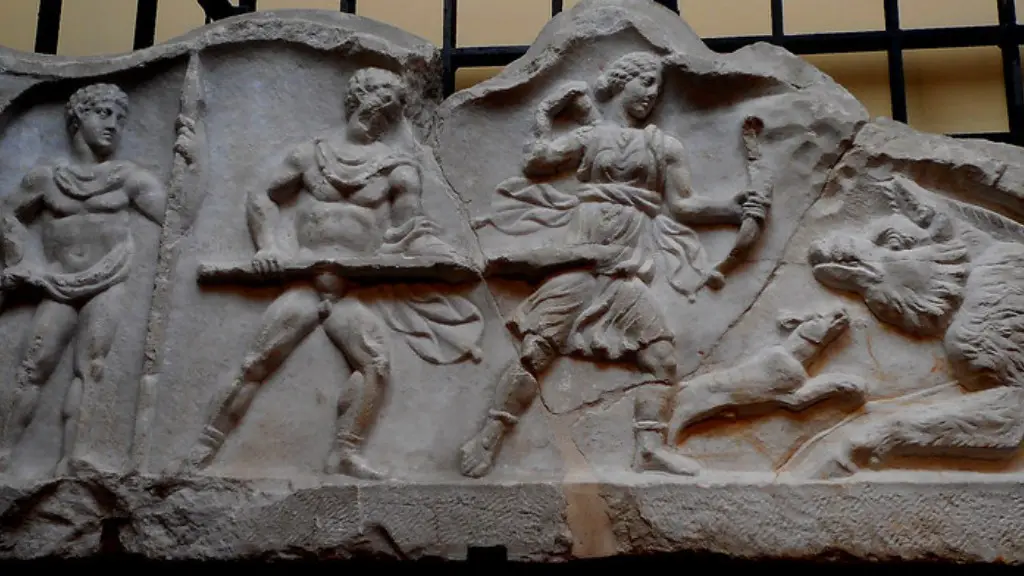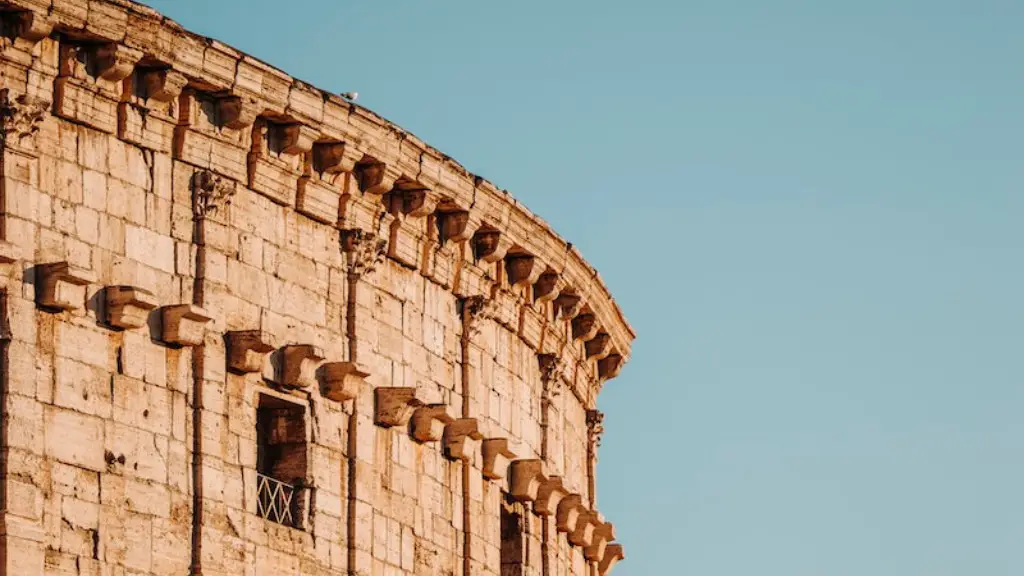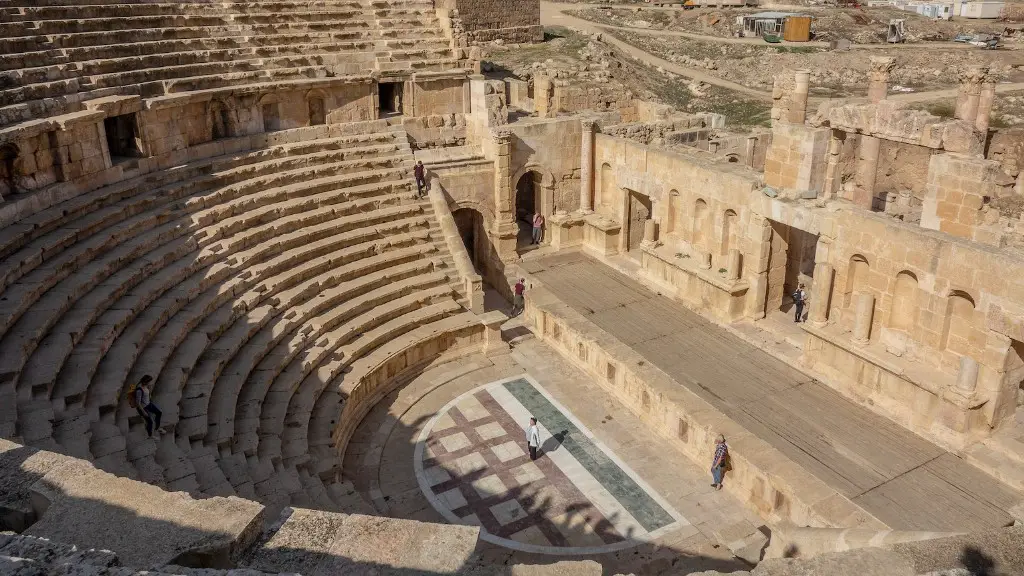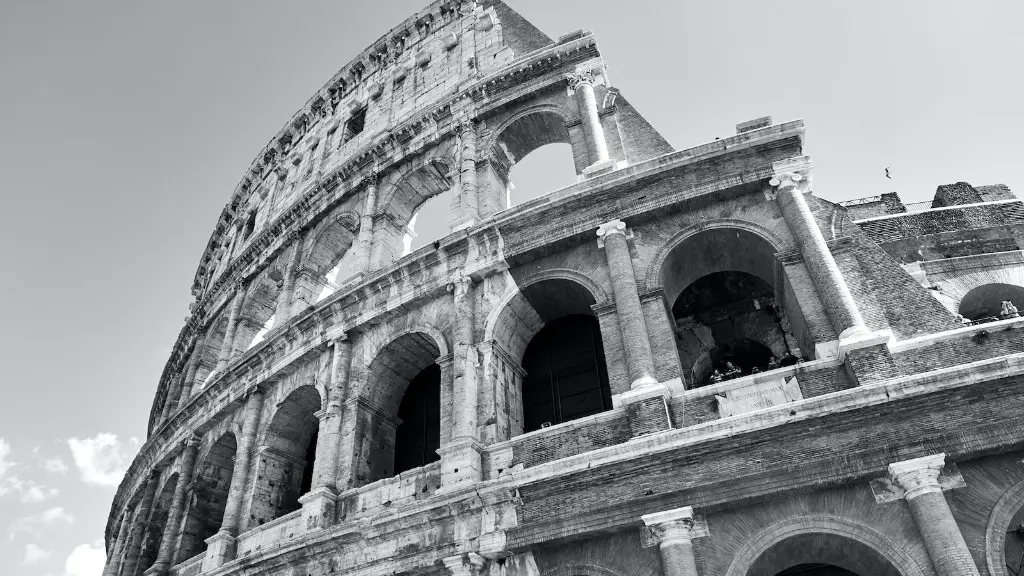Ancient Roman Civilization
The Ancient Romans are known famously throughout history and folklore for their powerful nation that echoed its rise and fall as one of the greatest empires of its time. Spanning from the 8th century or earlier all the way up to approximately 476 AD, the Ancient Roman civilization was one of the longest standing and most successful in the world.
The Roman Republic was founded in 753 BC, believed by many to be the true birth of the Roman empire. During this time, Rome was ruled by a senate of elected officials and generals who, although powerful, shared power with the citizens and allowed them a much larger say in Roman politics than had ever been seen before. This period is known for its ‘republican’ atmosphere, whereby the citizens votes themselves and created their own laws and elected their own officials.
The Romans reached their peak in 27 BC when the Roman General Augustus took over and created the ‘Roman Empire.’ During this time, Rome held a large part of Europe, the Middle East, and North Africa. Augustus spread and enforced Roman law, built roads, taxed the wealthy, and made sure no foreigner was allowed to take rule over the empire.
Moreover, the ancient civilization of Rome also made great strides in architecture and engineering. This period was known for its colossal monuments, grand temples, and multi-level arches and aqueducts—all of which were constructed under the guidance of the highly advanced engineering and mathematical minds of the ancient Roman world.
The fall of the Roman Empire took place during the fifth century when Rome was sacked by the Visigoths in 410 and the Empire was divided into two parts. The Western Roman Empire was officially abolished in 476 when the last Roman Emperor, Romulus Augustulus, was forced to abdicate his throne by his military commander, Odoacer. From this point on, the fate of Ancient Rome would be permanently assigned to the annals of history.
The story of Ancient Rome and the Roman Empire has been a source of fascination and study ever since its fall. While we may never truly understand what this period of incredible power, wealth and domination was truly like, we can still draw many lessons, insights and ideas from the rise and fall of this incredible civilization.
Influence Of Roman Governance
The development of complex laws and processes of governance became particularly important during the fall of the Roman Empire in the first century CE. Roman Law emerged as a distinct concept, evolving from the early classical law texts. During this period, Rome created a new legal system, known as the ‘Corpus Juris Civilis’ or ‘Body of Civil Law’ which provided legal structure for the citizens of the empire. This code of law was adopted and enforced by Roman governors and remains the foundational law for many civilisations today.
Roman Law also brought with it a strong understanding of the importance of justice and public order. The Roman civilization established the first “police force” and the concept of human rights, which has had a profound impact on modern society. Roman Law provided the groundwork for the creation of the modern court system, with its emphasis on structured processes of jurisprudence, the separation of powers and the need for proof beyond a reasonable doubt. In addition, the Roman legal system provided insight into the importance of laws and their purpose as instruments of social control.
Roman Law also had lasting implications for criminal law as well. Punishments of varying severity were employed, depending on the severity of a crime and the stage of the legal proceedings. This ‘dual’ system of criminal justice served as a strong deterrent against the abuse of power by public officials. Furthermore, Roman Law introduced the concept of ‘equality before the law’, whereby all citizens of the empire could be held to the same legal standards, regardless of their status.
It is clear, therefore, that the Ancient Roman civilization had a profound effect on the legal systems we rely on today, and that its legacy will remain an integral part of our society for years to come.
Contributions To Art And Architecture
The Ancient Romans made huge advances in art and architecture. This is particularly evident in their incredibly grand monuments, temples, and fortifications, which are now iconic landmarks in many cities around the world. Artistry was held in high esteem by the Romans and was developed through a number of different media, from painting and sculpture to mosaics, pottery, and metalworking.
In terms of architecture, the Romans borrowed heavily from ancient Greek styles and then combined this knowledge with their own unique style. The use of curved surfaces, arches, and vaults enabled the design and construction of some truly spectacular structures such as the Colosseum and the Pantheon in Rome.
The sculptures and architecture of the Romans also conveyed a deep appreciation for nature, as evidenced in the numerous bronze and marble statues of gods, animals and humans. These sculptures are particularly impressive in the way they capture and interpret the movements and feelings of their subjects in great detail.
The Ancient Romans also developed their own art form known as ‘mosaic art’, whereby they used small pieces of coloured glass and stone to construct beautiful pictures. This form of art was particularly popular with the wealthy citizens of Rome and can still be seen in some of the most important buildings of the Roman world.
The Ancient Romans clearly had a profound impact on the development of art and architecture and many of their creations continue to inspire us today.
Roman Technology
The Ancient Roman civilization was also incredibly advanced in terms of technology and innovation. This was evident in their adoption of complex mathematics and engineering to design their buildings, aqueducts and monuments that have stood the test of time.
The Romans also developed a number of technological innovations such as concrete and brickwork to construct buildings of immense size and strength. While the use of these technologies did not originate with the Ancient Romans, they were the ones to perfect them and use them to create some of the largest and most impressive structures in the world.
The Romans were also known for their efficient and reliable transportation networks, which allowed navigation across their vast empire by land and sea. The Romans built and maintained an extensive network of roads that are still in use today and developed efficient ways of transporting goods and people on both land and sea.
The Ancient Romans also developed sophisticated machines, including the water mill and the ballista, which was an early version of a catapult. In addition, they designed and constructed a number of clever hydraulic mechanisms including the first water-lifting device, the Archimedean screw. This invention was used to transport water over hills and was one of the main sources of power in the Roman Empire.
It is clear, therefore, that the Roman civilization left an indelible mark on the world through their advances in technology and engineering which, to this day, form the basis of many of our modern-day inventions.
Roman Influence On Society
The influence of the Ancient Roman civilization extends far beyond the technologies and structures they created. The Roman Empire left its mark on the world through its language, politics, religion, culture and many more aspects of human life.
The Latin language, spoken by the Roman Empire at its peak, is the basis for many modern languages, and borrows heavily from the culture and customs of the Romans. Roman culture also found its way into literature, theatre, and painting. Its influence can be seen in the plays of William Shakespeare and the poetry of Catullus. The Romans were also known for their advanced educational system and the establishment of the first universities such as the University of Bologna.
The statement ‘In our society, all are equal under the law’ is a direct reflection of the idea of ‘equality before the law’ as practiced by the Ancient Romans. In addition, the Roman legal system also has a direct influence on our current criminal justice system, where due process and punishment are required being based on evidence.
Moreover, Ancient Roman religion also played a crucial role in the spread of Christianity across Europe. The Roman Empire embraced Christianity and made it the official religion, thus allowing for its widespread dissemination throughout Europe. The importance of Roman political structures and organizations can also be seen in modern day democracy and governance.
Finally, their inventions and engineering prowess have been adopted and refined in the modern day, from the way cities are built and roads are laid, to engineering feats such as bridges and dams – all of which have become an integral part of our society today.
Summary Of The Roman Legacy
The Ancient Romans left a lasting impression on the world, for their incredible achievements in the fields of engineering, art, architecture, technology, law and religion. The Roman civilization’s intelligence, creativity, and strength paved the way for modern society, and we continue to be inspired by their many accomplishments.
The Ancient Romans proved that through innovation and hard work, great things can be achieved. The legacy of the Ancient Roman civilization will remain forever as a reminder of the power of human potential.





